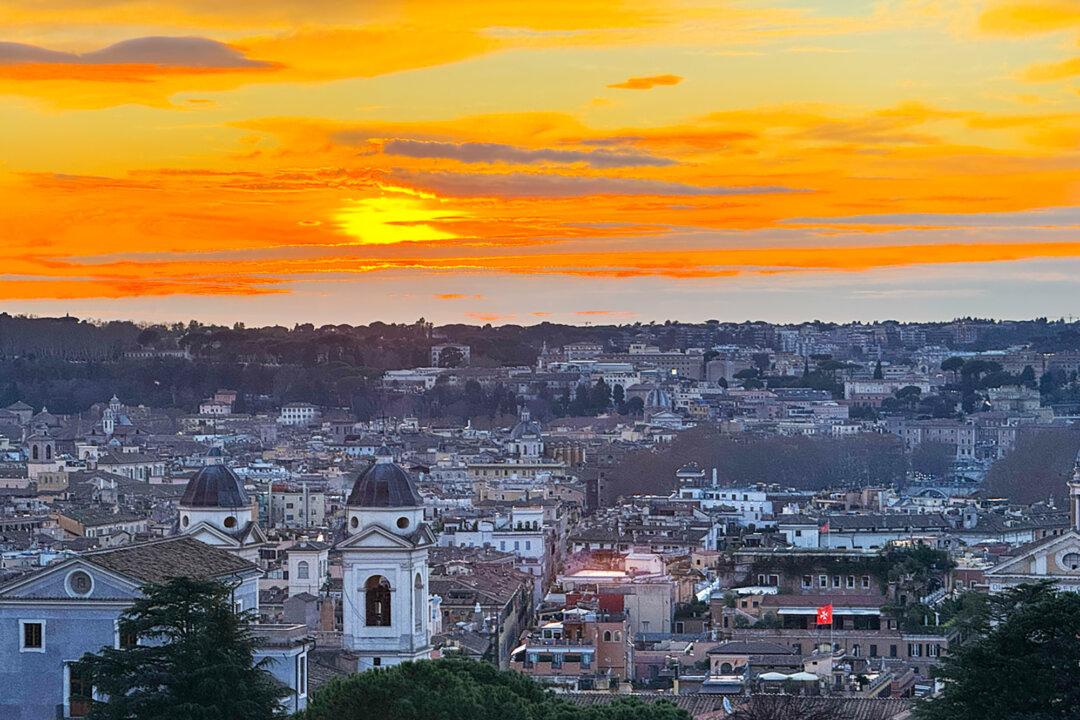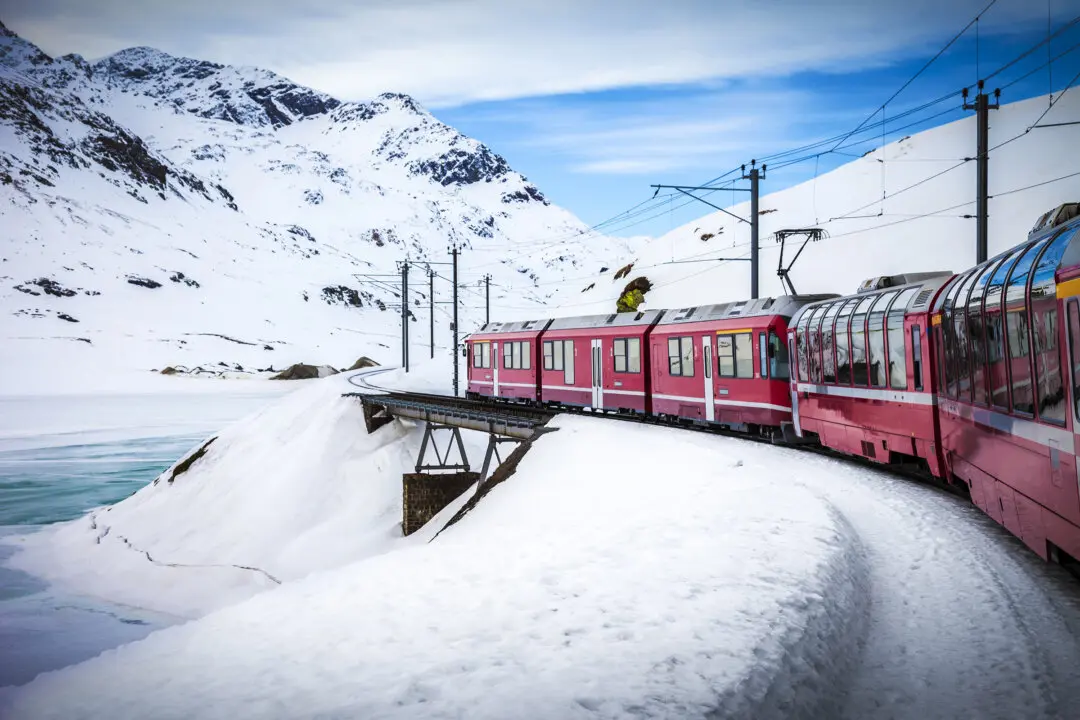ROME—Although it was midwinter, streets in Rome were crowded, and historic sites were surprisingly well-populated with visitors. Christmas decorations stubbornly remained in place, appearing, from my perch above the graceful drape of the Spanish Steps, like campfires burning in the early lowering night. On the Piazza di Spagna, 135 Roman travertine steps below, the Dior shop stood canopied by an enveloping holiday display of butterflies in luminescent silver and gold.
I was back in Rome after a long absence. This time, following years of struggling to learn Italian, I had arrived with my skills in that musical language having been raised from nonexistent to embarrassing. I had memorized some of the notes but remained without practice in the melody. I was on my way to Florence to attend the winter edition of the semi-annual Pitti Uomo menswear event, and it was therefore serendipitous that, walking down the gentle slope of Via Sistina, I found a Borsalino hat shop. On my last visit to Italy, I had worn a classic gray fedora that was later donated to charity—after long and elegant service.






